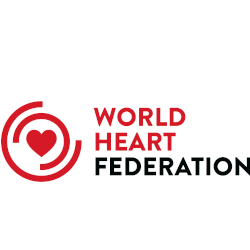Review
Secondhand Smoke and CVD in Low- and Middle-Income Countries: A Case for Action
Abstract
Secondhand tobacco smoke (SHS) is an environmental toxin and an established cause of cardiovascular disease in nonsmokers. Smoke-free laws reduce SHS and its downstream cardiovascular disease, but until recently, evidence to support smoke-free law implementation in low- and middle-income country settings was limited. In 14 low- and middle-income nations surveyed by the Global Adult Tobacco Survey, active smoking prevalence in adults (≥15 years old) was universally higher in men (range 21.6–60.2%) than in women (0.5–24.4%), and the highest burden of SHS exposure was in women (strong positive association between male/female active smoking ratio and female SHS exposure prevalence). A systematic review was conducted of MEDLINE-indexed studies of self-reported SHS exposure and cardiovascular harms in low- or middle-income nations. Eight papers reported the association of SHS with ischemic heart disease, and four reported the association of SHS with stroke. For all the studies, and almost all sources of SHS surveyed, a strong positive association between SHS and ischemic heart disease (main relative odds ratio range 1.17–2.36) and SHS and stroke (odds ratio or hazard ratio: 1.41–1.49). Prevalence of SHS exposure is high in low- and middle-income nations, especially among women. Epidemiologic evidence supports the conclusion that SHS harms are the same across low-, middle-, and high-income nations. Governments have an obligation to protect citizens from SHS exposure, enforcing smoke-free legislation and providing public education about SHS harms.


